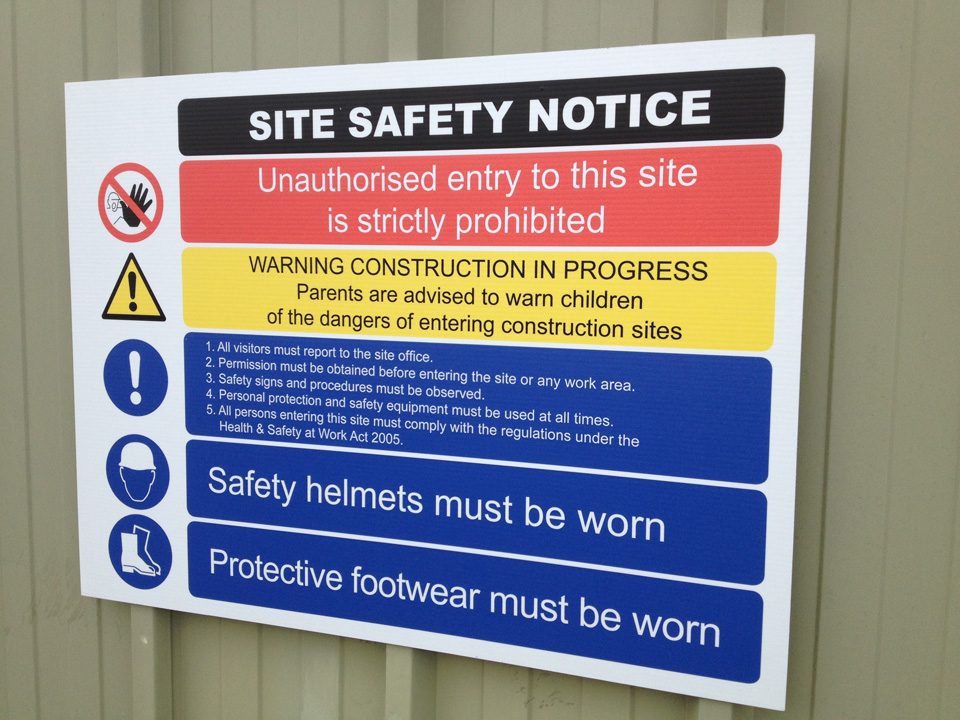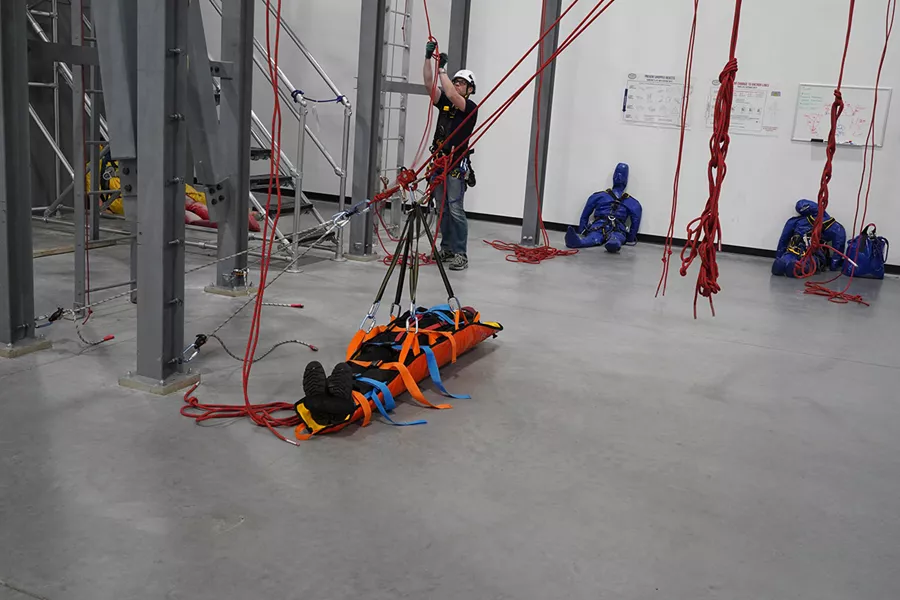In the dynamic world of workplace safety, technology continues to play a pivotal role in transforming how we monitor, manage, and respond to potential risks. One of the most exciting advancements is the integration of health & safety signs with the Internet of Things (IoT), a combination that brings real-time monitoring, automated responses, and heightened safety standards.
By connecting physical safety signs to the cloud, IoT enables organisations to make data-driven decisions and act swiftly when needed. Whether it’s alerting workers to a hazardous area or signalling a change in environmental conditions, this integration promises a smarter, safer work environment for everyone involved.
Real-Time Monitoring: The Power of IoT in Workplace Safety
Traditionally, health & safety signs served as static visual cues to communicate important safety information. While these signs are undeniably essential, their effectiveness relies on visibility and human interpretation, leaving room for error.
With IoT, however, health & safety signs become part of an interconnected system, constantly transmitting real-time data about the environment they monitor. For instance, a safety sign equipped with a sensor can monitor air quality, temperature, or even noise levels, providing instant updates to management or safety personnel if conditions deteriorate.
This live data allows businesses to take preventative measures before situations escalate, making the workplace safer and more responsive. IoT-enabled health & safety signs can also reduce the risk of human error by offering automatic notifications and updates to both employees and supervisors.
Enhanced Emergency Response and Automation
One of the most powerful benefits of integrating health & safety signs with IoT is the ability to automate emergency responses. In a situation where immediate action is necessary, such as a gas leak, fire, or dangerous machinery malfunction, IoT can trigger pre-programmed responses to minimise risks.
For example, when a smart safety sign detects an unsafe gas concentration in the air, it can not only alert personnel through an alarm but also automatically activate ventilation systems or shut down equipment, mitigating potential harm. The integration of automated systems ensures a faster and more accurate response, providing peace of mind to both employees and employers.
Moreover, IoT enables smart evacuation procedures. In the event of a fire or other emergency, the system can direct individuals towards the safest exit route, monitor crowd density, and even adjust exit lighting to ensure the quickest and safest path out of the building. This level of automation and responsiveness is simply unattainable with traditional safety signs alone.
Reducing Human Error and Improving Compliance
Health & safety regulations are often strict, with the potential for significant fines and reputational damage if not adhered to. One of the challenges businesses face is ensuring that all safety measures are followed consistently, and health & safety signs are often subject to human error.
With IoT integration, companies can monitor the status of each health & safety sign remotely. If a sign is damaged, missing, or malfunctioning, the system can immediately notify supervisors, ensuring swift maintenance or replacement. This helps businesses maintain continuous compliance with safety standards and minimises the risk of non-compliance during audits or inspections.
Furthermore, IoT can track employee interactions with safety signs. For example, a system might register when an employee passes a specific hazard zone or interacts with a particular safety alert, providing a digital log of their actions. This level of monitoring not only helps with compliance but also provides valuable data for improving training and safety protocols.
Future Outlook: The Expanding Role of IoT in Workplace Safety
As IoT continues to evolve, its application in workplace safety will only expand. Future iterations may involve integrating wearable devices with health & safety signs, offering workers real-time updates on their personal safety, such as detecting fatigue, monitoring vitals, or alerting them to environmental hazards.
By combining IoT with AI and machine learning, workplaces can benefit from predictive analytics that not only detects current risks but also anticipates potential dangers before they occur. This predictive approach ensures that businesses are proactive in maintaining a safe environment, rather than reactive to incidents.
Conclusion
Integrating health & safety signs with IoT is an innovative step forward in enhancing workplace safety. With real-time data, automated responses, and improved compliance, this technology is revolutionising how businesses protect their employees and manage risks. As IoT continues to evolve, we can expect even greater advancements in safety technology, making workplaces not only smarter but also safer for everyone involved.





